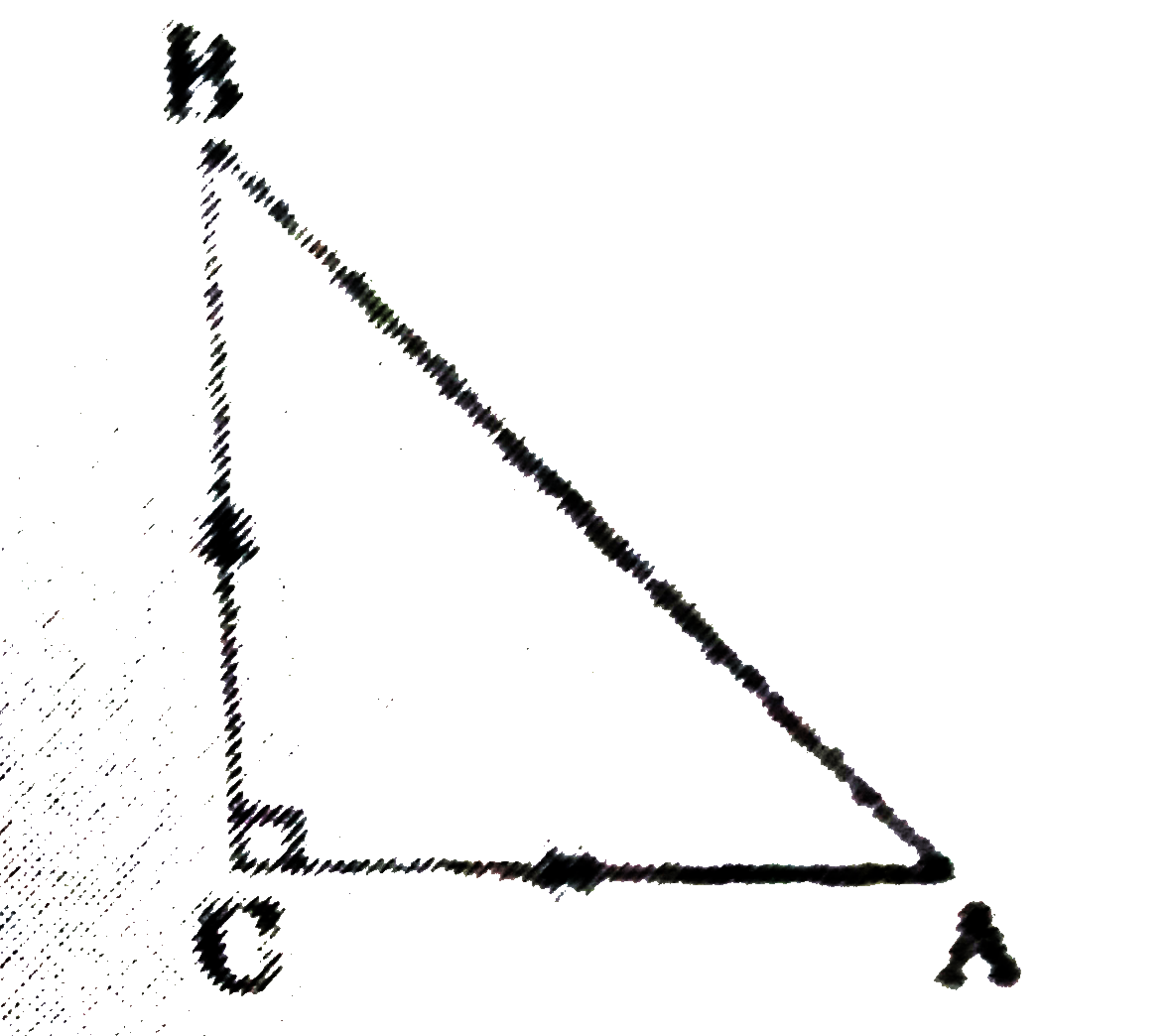Determine the type (isosceles, right-angled, right-angled isosceles, equilateral, scalene) of the triangles whose vertices are: (4,4),(3,5),(−1,−1)
To determine the type of triangle formed by the vertices A(4,4), B(3,5), and C(−1,−1), we will follow these steps:
Step 1: Calculate the lengths of the sides of the triangle
We will use the distance formula to find the lengths of sides AB, BC, and AC. The distance formula is given by:
d=√(x2−x1)2+(y2−y1)2
Calculate AB:
AB=√(3−4)2+(5−4)2=√(−1)2+(1)2=√1+1=√2
Calculate AC:
AC=√(−1−4)2+(−1−4)2=√(−5)2+(−5)2=√25+25=√50=5√2
Calculate BC:
BC=√(−1−3)2+(−1−5)2=√(−4)2+(−6)2=√16+36=√52=2√13
Step 2: Compare the lengths of the sides
We have the lengths:
- AB=√2
- AC=5√2
- BC=2√13
Since all three lengths are different, we conclude that the triangle is not equilateral or isosceles.
Step 3: Check if the triangle is right-angled
To check if the triangle is right-angled, we can calculate the slopes of the sides AB, AC, and BC.
The slope formula is given by:
slope=y2−y1x2−x1
Calculate the slope of AB:
slope of AB=5−43−4=1−1=−1
Calculate the slope of AC:
slope of AC=−1−4−1−4=−5−5=1
Calculate the slope of BC:
slope of BC=−1−5−1−3=−6−4=32
Step 4: Check for perpendicularity
Two lines are perpendicular if the product of their slopes is −1.
- Check AB and AC:
slope of AB×slope of AC=(−1)×(1)=−1
Since the product of the slopes of AB and AC is −1, this means that AB is perpendicular to AC, indicating that triangle ABC has a right angle at point A.
Conclusion
Since triangle ABC has one right angle and all sides are of different lengths, we classify it as a right-angled scalene triangle.
---
AB=√(3−4)2+(5−4)2=√(−1)2+(1)2=√1+1=√2
AC=√(−1−4)2+(−1−4)2=√(−5)2+(−5)2=√25+25=√50=5√2
BC=√(−1−3)2+(−1−5)2=√(−4)2+(−6)2=√16+36=√52=2√13
- AB=√2
- AC=5√2
- BC=2√13
slope of AB=5−43−4=1−1=−1
slope of AC=−1−4−1−4=−5−5=1
slope of BC=−1−5−1−3=−6−4=32
slope of AB×slope of AC=(−1)×(1)=−1
Similar Questions
Determine the type (isosceles, right-angled, right-angled isosceles, equilateral, scalene) of the triangles whose vertices are: (0,2),(7,0),(2,5)
View SolutionDetermine the type (isosceles, right-angled, right-angled isosceles, equilateral, scalence) of the triangles whose vertices are: (0,6),(−5,3),(3,1)
View SolutionDetermine the type (isosceles, right-angled, right-angled isosceles, equilateral, scalence) of the triangles whose vertices are: (−2,5),(7,10),(3,−4)
View SolutionDetermine the type (isosceles, right-angled, right-angled isosceles, equilateral, scalence) of the triangles whose vertices are: (1,2√3),(3,0),(−1,0)
View SolutionDetermine the type (isosceles, right-angled, right-angled isosceles, equilateral, scalence) of the triangles whose vertices are: (1,1),(−√3,√3),(−1,−1)
View SolutionDetermine the measure of each of the equal angles of a right-angled isosceles triangle.
View SolutionIn a right-angled isosceles triangle, the ratio of the circumradius and inradius is
View SolutionIn a right - angled isosceles triangle , the ratio of the circumradius and inradius is
View SolutionThe complex numbers z1=1+2i,z2=4−2iandz3=1−6i form the vertices of a (A) a right angled triangle (B) isosceles triangle (C) equilateral triangle (D) triangle whose one of the sides is of length 8
View SolutionIn figure ABC is an isosceles triangle , right angled at C . Therefore

View Solution
